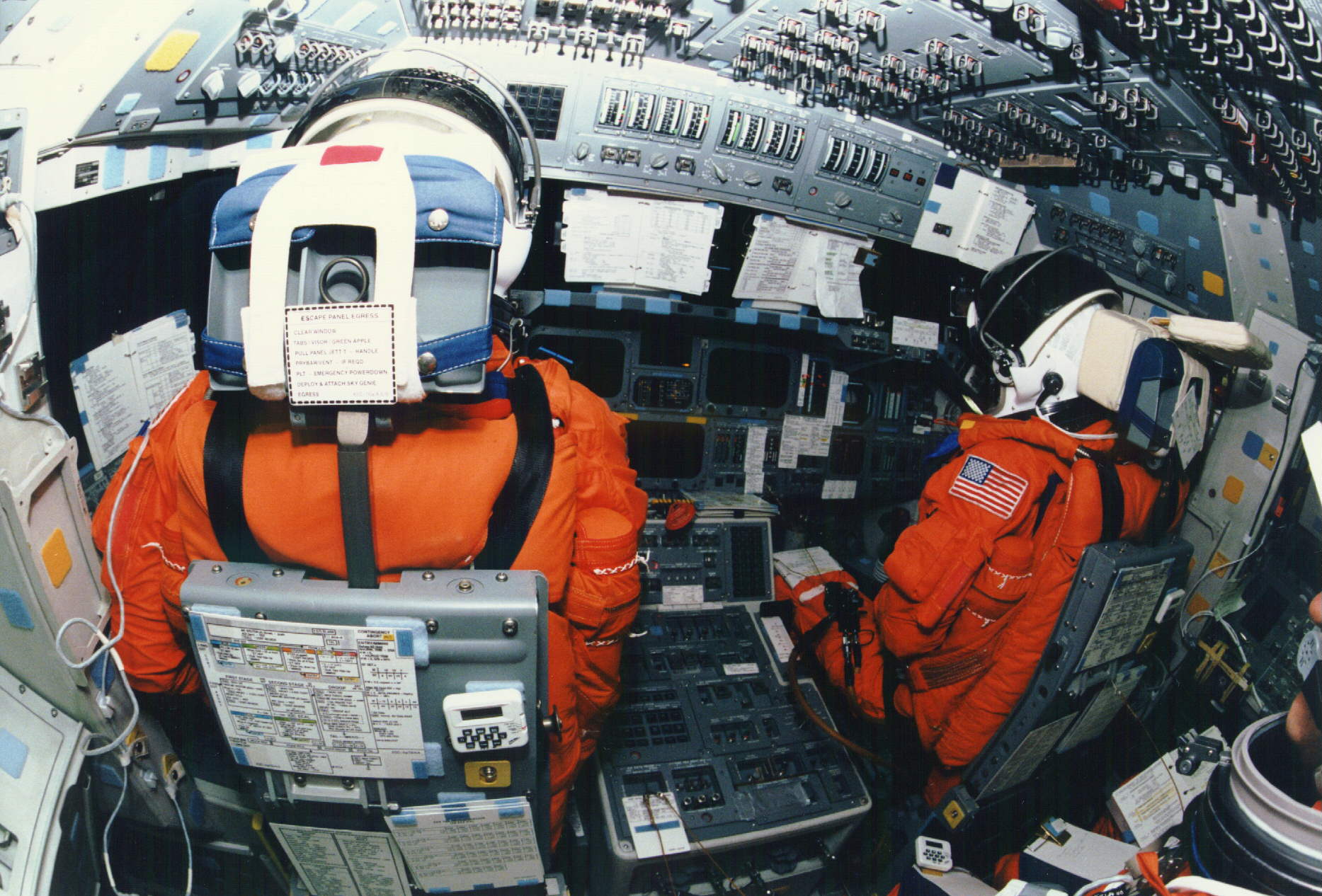Commercial Spaceships Are Like 'Driving an iPhone,' New Astronaut Says

Nine astronauts have new travel plans aboard commercial space capsules, with their mission assignments announced earlier today (Aug. 3).
Five of those astronauts flew aboard the United States' last set of spacecraft to travel to the International Space Station (ISS), the space shuttles. But while the newly announced crews are excited to once again launch from Florida instead of Kazakhstan, they aren't very nostalgic for the hardware of the shuttles themselves.
During the press announcement of the new astronaut assignments, NASA Administrator Jim Bridenstine asked two veteran astronauts to compare their new rides to the shuttles they flew more than seven years ago. [NASA Announces First Astronaut Crews to Fly on Boeing and SpaceX Spaceships]
"With 40 years' difference in avionics and technology, we have squeezed a lot more into a smaller ship," said Chris Ferguson, who now works directly for Boeing on its Starliner program and who commanded the very last space shuttle flight, in 2011.
Ferguson, who retired from NASA at the end of 2011 to work on Starliner, also highlighted safety requirements that have shaped the design of the new vehicles. Those mandates include an ascent abort system meant to protect astronauts at any stage of the flight, which the space shuttle didn't have. "What we really see now is a much greater emphasis on safety," he said.
Bob Behnken, who was a mission specialist on two separate shuttle flights, expressed a deep respect for the old spacecraft. "That vehicle was really capable, and it's super hard to try to duplicate it in just the short period of time that we've had," he said. "It's hard to create a vehicle that accomplishes the mission that that vehicle did so wonderfully and so majestically."
But the shuttles weren't perfect, he confessed. "There are about 3,000 switches inside, and there was no situation that the astronauts couldn't make worse by touching the wrong switch at the wrong time," Behnken said. "We're grateful that the next vehicle that we're going to fly on is going to be a little bit more automated."
Get the Space.com Newsletter
Breaking space news, the latest updates on rocket launches, skywatching events and more!
That vehicle, in Behnken's case, will be SpaceX's Crew Dragon, which he compared to the ultimate in smooth technology: Apple's handset. "It is absolutely like flying the iPhone," Behnken said.
Both of the new capsules come equipped with touch screens, and the astronauts' spacesuits include gloves that allow the spaceflyers to manipulate those screens smoothly. "It is also nice to not have all of the complications of switches and buttons, like we did in shuttle," Suni Williams, whose first mission was aboard the shuttle, wrote in a Reddit AMA. "The new flat screens will make it easier to interact [with] and control the spacecraft."
And it's not just about aesthetics — the astronauts will also be able to get more done during their limited time in space. "With today's technologies, automation in the spacecraft will help us do our tasks easier and allow us to have more capability," Williams wrote.
Email Meghan Bartels at mbartels@space.com or follow her @meghanbartels. Follow us @Spacedotcom, Facebook and Google+. Original article on Space.com.
Join our Space Forums to keep talking space on the latest missions, night sky and more! And if you have a news tip, correction or comment, let us know at: community@space.com.

Meghan is a senior writer at Space.com and has more than five years' experience as a science journalist based in New York City. She joined Space.com in July 2018, with previous writing published in outlets including Newsweek and Audubon. Meghan earned an MA in science journalism from New York University and a BA in classics from Georgetown University, and in her free time she enjoys reading and visiting museums. Follow her on Twitter at @meghanbartels.









